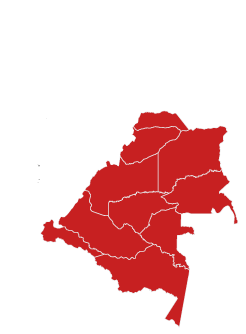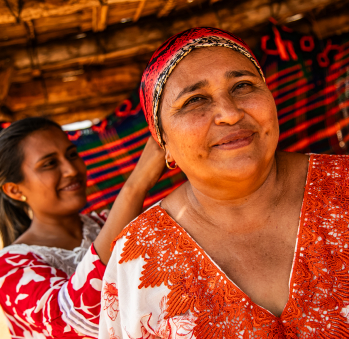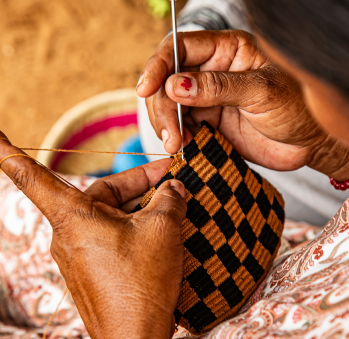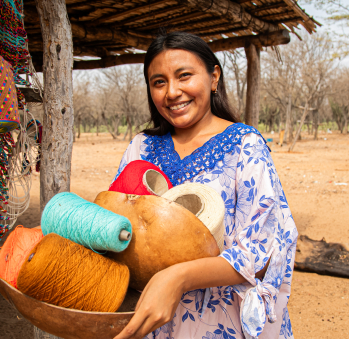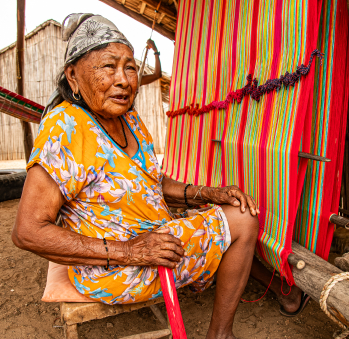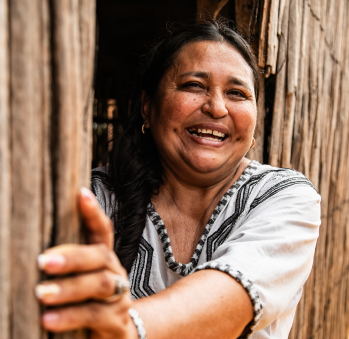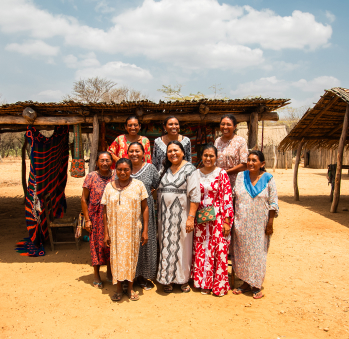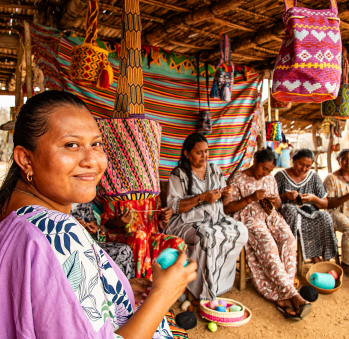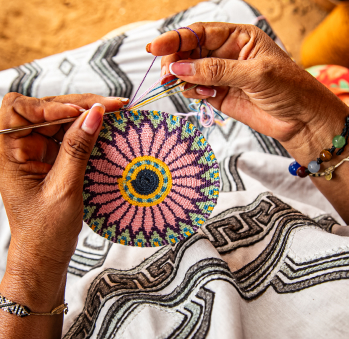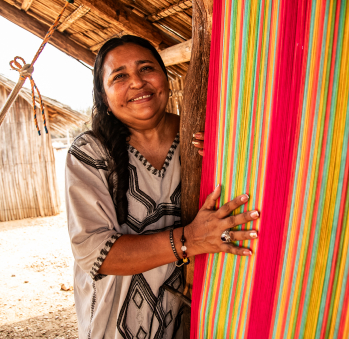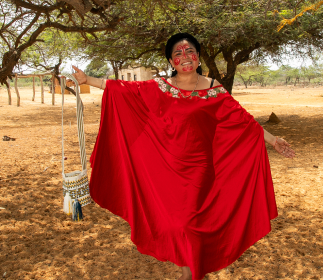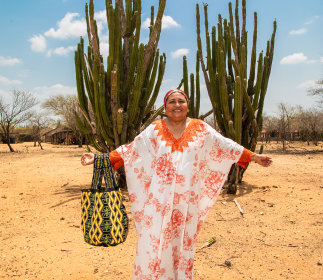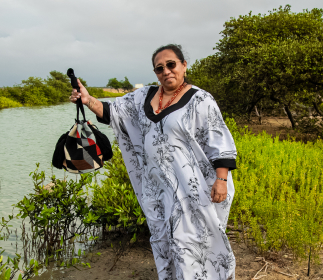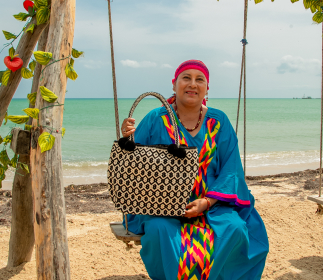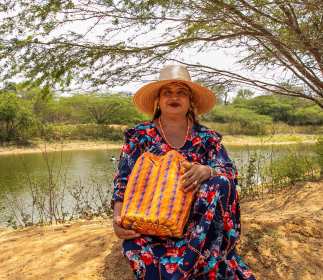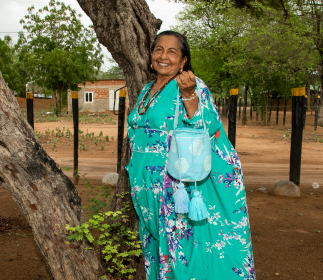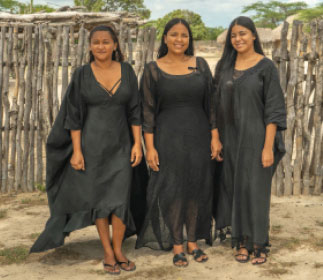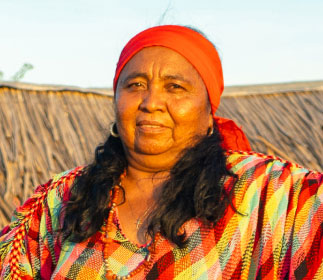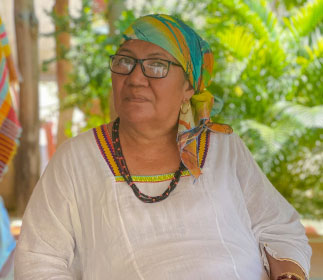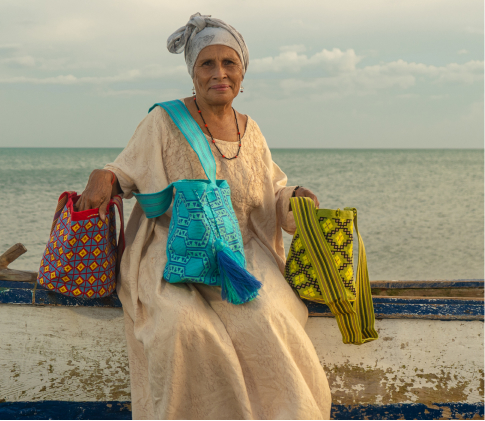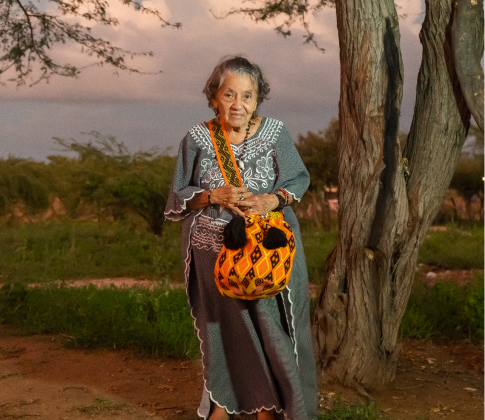María Teresa Fernández Ipuana
Workshop: Artes Kaleme
Craft: Weaving
Trail: Riohacha - Nazareth Route
Location: Uribia, La Guajira
This warm-hearted woman speaks of her history with pride: of the three women in her lineage – her great-grandmother, her grandmother, and her mother – whom she reveres as great artists. Indeed, her grandmother Kantus Ipuana was documented in Martha Ramírez Zapata’s book “”Wale’keru””, as one of the master weavers of the Wayuu art. Carrying this legacy, she recalls her childhood spent not playing with dolls, but with threads, as she learned the craft without pondering much on what it meant to be a girl. At 12, in the brief confinement she experienced as the academic calendar began, she didn’t have time to learn the art of weaving the hammock. So, at 17, her grandmother said to her, “”Now that you’ve learned to write, you’ll learn to weave.””
She laughs now, remembering how she was the spoiled one at home, which is why it took her a year to weave a hammock, a result that, of course, earned her a lesson from her grandmother: “”If it took you a year to do this, and if you plan to continue like this, you’ll be slow in your work,”” she declared, challenging her to step up her game. Before assuming family responsibilities, though, she was rebellious. Because her grandmother made her cry, undoing, time and again, the si’ira, or the traditional Wayuu sash worn by men, as well as demanding perfection in weaving the symbols on the bags, or kaanás, one day, overwhelmed by so many corrections, she stood up from the loom and abandoned her work. That night, Kantus instructed not to serve food to the girl, prompting her to angrily leave the house for her uncle’s place. Another time, she yelled at her grandmother that her husband wouldn’t wear a loincloth but pants, refusing to learn how to craft it… it was quite an education…
However, after a good conversation, she understood that it was all for her own good, and with the legacy in mind, she allowed her grandmother to accompany her in the process, to supervise and continue correcting her. After herding, at noon, she would come home and spend the afternoon weaving and weaving and weaving. That’s how she grew love for the craft and her weavings. She fondly recalls when she finally got married and her grandmother handed her one of the three hammocks she had made years before, as recognition of her dedication as a student. It lasted 20 years, and her son used it until he was 15.
María Teresa is aware that everything changed with her grandmother’s death. The mandate changed. It coincided with the age when she would move in with her husband, so they divided the inheritance, she received her animals, and went to live in another settlement, as dictated by tradition. But being an only child, she must live between the two settlements to which she belongs, making her life quite busy and tough. And although tradition was redefined, she continued there.
She has passed on the craft to her own blood. Her four daughters, Cenaida Aguilar, Alba Rosa, Kantus, and Iris Josefina, also weave, as does her son Pablo. Each has their own workshop and carries the family’s spirit high. And she knows that giving is her calling. “”I’ll never be rich, I’ll die poor, because I like to share,”” she says convincingly, and they tell her that her great-grandmother was just like her, that if a neighbor came hungry, she would give her half of her chicha jug. Today, she collects for the wake of a community member or ensures her children aren’t hungry or thirsty. She’s kind-hearted, and she knows it. She’s sure that if her grandmother could see her, she would tell her she’s done well, that the Ipuana legacy has a way to continue.
Craft
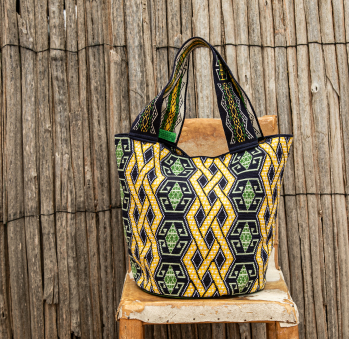
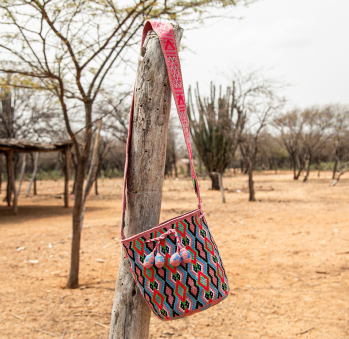
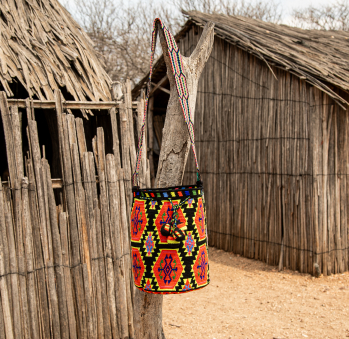
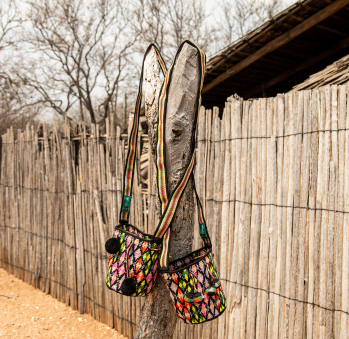
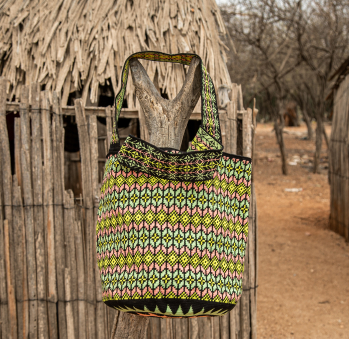
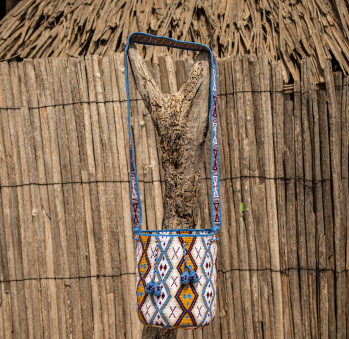
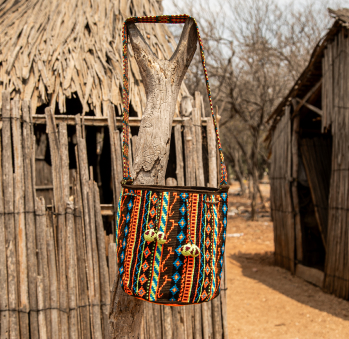







Artisans along the way
Artisans along the way
No puede copiar contenido de esta página

